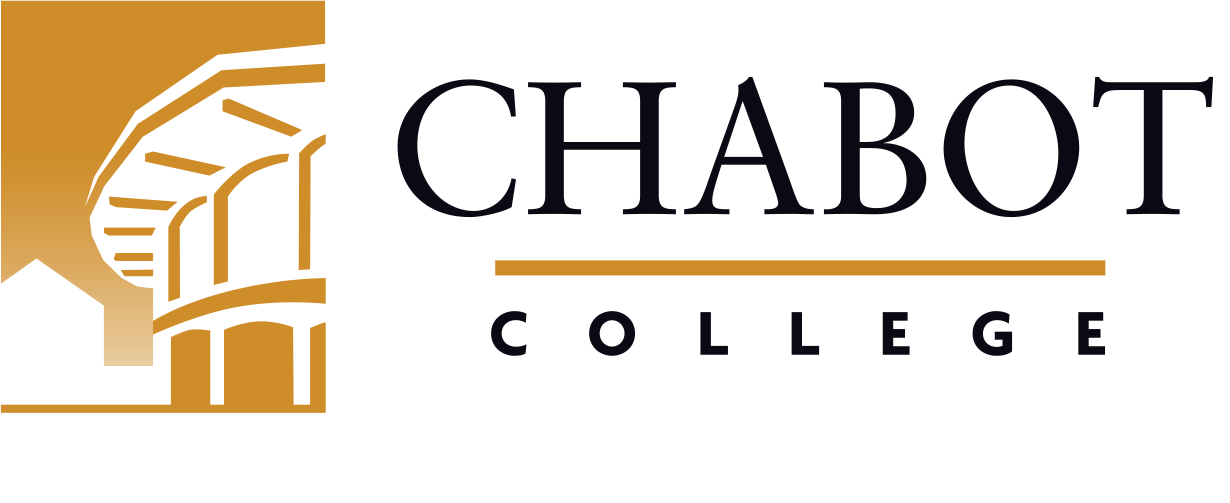
Course Outline for Chemistry 30B
Introductory and Applied Chemistry II
Effective: Fall 2016
SLO Rev: 01/24/2017
SLO Rev: 01/24/2017
Catalog Description:
CHEM 30B - Introductory and Applied Chemistry II
4.00 Units
Continuation of Chemistry 30A with emphasis on organic and biochemical concepts related to human
physiological systems.
Prerequisite: CHEM 30A.
1905.00 - Chemistry, General
Letter Grade Only
| Type | Units | Inside of Class Hours | Outside of Class Hours | Total Student Learning Hours |
|---|---|---|---|---|
| Lecture | 3.00 | 54.00 | 108.00 | 162.00 |
| Laboratory | 1.00 | 54.00 | 0.00 | 54.00 |
| Total | 4.00 | 108.00 | 108.00 | 216.00 |
Measurable Objectives:
Upon completion of this course, the student should be able to:
- distinguish between properties of organic compounds and those of inorganic compounds;
- describe the physical and chemical properties for organic functional groups;
- name simple organic compounds with the IUPAC system or with common names;
- describe the structure and properties of carbohydrates, lipids; proteins; enzymes, vitamins, and nucleic acids
- interpret the reactions involved in the metabolism of carbohydrates, lipids and proteins;
- apply basic biochemical knowledge to problems in health including disease and nutrition;
- perform laboratory experiments in an efficient, safe and purposeful manner.
Course Content:
Course Content (Lecture):
- Functional Groups (Hydrocarbons, alcohols, ethers, aldehydes, ketones, carboxylic acids, esters, amines and amides)
- structure
- simple nomenclature
- physical and chemical properties
- application to biochemical systems
- Carbohydrates (monosaccharides, disaccharides and polysaccharides)
- structure and formation
- physical and chemical properties
- Lipids (waxes, triacylglycerols, phospholipids, steroids, terpenes)
- structure
- formation of waxes, triacylglycerols and phospholipids
- physical properties
- biological function
- Proteins
- structure, properties and naming of amino acids
- formation of dipeptides and proteins
- levels of structure of proteins
- physical and chemical properties
- classification of proteins
- Vitamins
- simple structures
- classification
- biological function
- Enzymes
- structure, naming and classifications
- theories of enzyme activity
- factors that effect enzyme activity
- Hormones (glucagons, insulin, epinephrine)
- biological function and control
- Metabolism of carbohydrates
- glycolysis
- citric acid cycle
- electron transport chain
- Metabolism of lipids
- fatty acid cycle
- transport of lipids
- correlation with disease
- Metabolism of proteins
- deamination
- transamination
- uric acid cycle
- Nucleic acids
- Fluids and electrolytes
Course Content (Laboratory):
- Safety in the laboratory
- Molecular modeling
- Syntheses of various compounds, including aspirin, soap, etc.
- Chromatography
- Qualitative analysis of functional groups
- Direct observation of physical and chemical properties of functional groups
Methods of Instruction:
- Audio-visual materials, which may include any of the following a. molecular models b. periodic tables c. films d. transparencies e. computer simulations f. PowerPoint presentations
- Demonstrations of chemical reactions and related phenomena
- Distance Education
- Informal lecture with student questions encouraged
- Laboratory experimentation, including individual and group work
Assignments and Methods of Evaluating Student Progress:
- Reading 1) Read textbook chapter on alkenes 2) Be prepared to name simple structures and predict products for addition reactions
- Laboratory 1) Investigate reactivities of known functional groups and apply to qualitative analysis scheme for an unknown 2) Synthesize aspirin and analyze your product for percent yield and purity.
- Home Work
- Quizzes
- A minimum of 10 written laboratory reports based on departmentally approved experiments and graded on criteria that may include the following 1) Completeness of data collected 2) Quality of data collected 3) Computational precision and accuracy 4) Proper use of symbolic notation 5) Quality of analysis of scientific principles explored 6) Quality of narrative explanations and reasoning
- Exams/Tests
- Final Examination
Upon the completion of this course, the student should be able to:
- (Critical Thinking) Analyze experimental data and explain chemical processes at the molecular level
- (Communication) Communicate chemical concepts, understand definitions, and interpret experimental results
- (Development of the Whole Person) Recognize and appreciate the impact of the scientific principles of chemistry in day-to-day life
Textbooks (Typical):
- Timberlake, K (2012). General, Organic and Biological Chemistry (4th). Cengage.
- Safety goggles approved for Chemistry laboratory
- Scientific calculator
- Laboratory coat/apron
Abbreviated Class Schedule Description:
Continuation of Chemistry 30A with emphasis on organic and biochemical concepts related to human
physiological systems.
Prerequisite: CHEM 30A.
Discipline:
Chemistry*